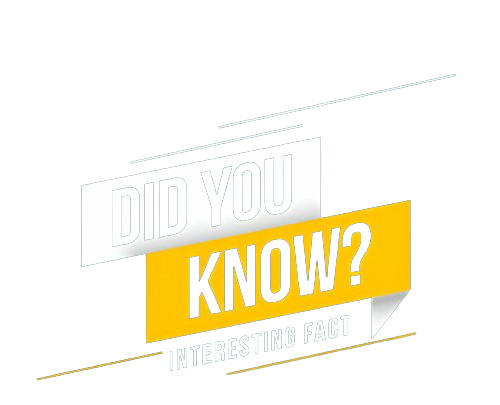Food Hygiene is the backbone of quality and safety and should be considered in food processing. Your product meets standards with hygiene achievements in processing. This helps build your trust in consumers and provides safe consumption.
Cleanliness is essential in navigating regulatory compliance to ensure the facility meets the standards. Implementing hygiene in the processing turns challenges into opportunities and enhances growth.
1. Risk Management and HACCP
Bio-risks are challenges in food processing that the Industry should be prepared for. The risk management plan should give the following results:

- Protection of consumer’s and employee’s health
- Protect business operations
- Limit the Industry’s exposure to unnecessary litigation
- Stakeholders are assured of the safety commitment in your Industry
The hygiene risk management cycle involves:
- Risk Analysis
This analysis involves assessing the Industry’s exposure to risk. The first step is to inspect the facilities and operations. It detects high surface areas and hypothetical situations that can affect business operations and consumer safety.
- Evaluation of Techniques
Possible solutions and techniques for optimal schedules are selected based on risk analysis. The company should always seek new advanced technologies and a scientific approach to cleaning.
- Plan Development
Focus on the main goal of enhancing the Industry’s reputation by coordinating all treatment schedules. Treatment plans involve proactive cleaning and disinfection. Despite all the prevention, unexpected crises occur, so you should be prepared for situations.
- Preparation and Training
The risk management plan includes staff training and treatment schedules. It also prepares for deciding the budget for equipment, directions, and Training.
- Implementation
The next step is action implementation after analysis and preparation. You will follow the tasks written in the plan and the preparation schedule for lasting results. Total cleaning includes the results with emergency support like Training, team development, and consultation.
- Monitoring
All the plans require regular monitoring and control to evaluate challenges. Hygiene risk management involves consistent efforts to follow the plan to provide social health.
1.1 Principles of HACCP
- Analyze the hazards in the process.
- Determining essential points of control.
- Set the critical control limits.
- Decide the monitoring in the process.
- Build corrective actions to remove hazards.
- Verification of safe process and end products.
- Documentation and record keeping.
2. International Hygiene Regulation

The World Health Organization (WHO) has worldwide standards for sanitation and hygiene. It guides to enhancement of water quality and hygiene in the food industry.
Food and Agriculture Organization (FAO): This organization aims to achieve food safety and implement good agricultural practices. It is linked with Codex Sagittarius to set hygiene standards.
International organization for standardization: It aims to improve food safety management with ISO 22000, an international standard. It also includes ISO 14001 and ISO 9001.
Regulation is,
- Codex Alimentarius
- ISO 22000
- Hazard analysis and critical control point HACCP
- Good Manufacturing Practices GMP
3. European Hygiene Regulation

In April 2004, the European Union issued rules and regulations on food hygiene. These organizations have set regulations for hygiene in food processing.
General Food Law Regulation No 178/2002: It establishes the procedures for food safety and the EFSA, the European Food Safety Authority, for food law development.
Hygiene of food (regulation No.852/ 2004): This Regulation includes general hygiene principles for the food industry that are implemented throughout the food chain.
Specific hygiene regulation for food of animal origin EC No. 853/2004: It establishes the hygiene rules and regulations for the production of food of animal origin in dairy farms, slaughterhouses, and meat processing industries.
Official control regulations EC no. 2017/625: Regulatory compliance with food and feed laws, plant health and animal welfare.
4. National Hygiene Regulation: The Case of Scandinavia
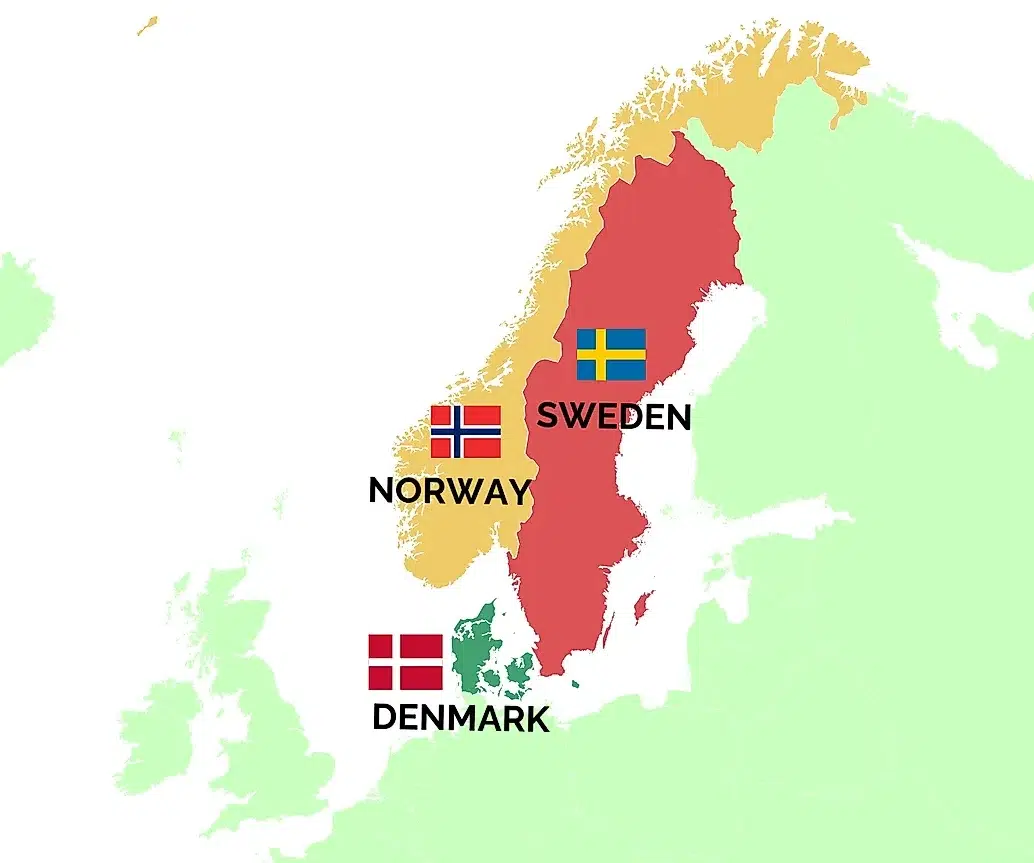
Scandinavian countries, including Norway, Sweden, and Denmark, have established hygiene regulations that are related to European Union standards. Denmark has a Danish Veterinary and Food Administration DVFA that focuses on food safety and animal welfare or health. The Danish Environmental Protection Agency (DEPA) is controlling pollution and maintaining the environment’s hygiene. Environmental Protection Act is set for pollution control and waste management.
Norway has key regulatory bodies, such as the Norwegian Food Safety Authority for Animal and Plant Health and Food Safety for Customer Protection. Moreover, the Norwegian Directorate of Health covers health hygiene standards. It involves the Infection Control Act and the Food Act for hygiene, safety, and preventing infections in food processing.
Sweden involves the Swedish Food Agency and the Public Health Agency of Sweden, which focus on hygiene, food safety, nutrition, and public health issues. The country has a communicable disease act to prevent diseases and infections.
5. Hygiene Regulations in the EU
5.1 Introduction
How do hygiene regulations in Europe impact safety and public health? This question provides a summary of the topic that impacts daily personal habits and business operations. There are hygiene regulations set in Europe for cleanliness and food safety.
5.2 Hygiene Regulations in the EU: Key Themes
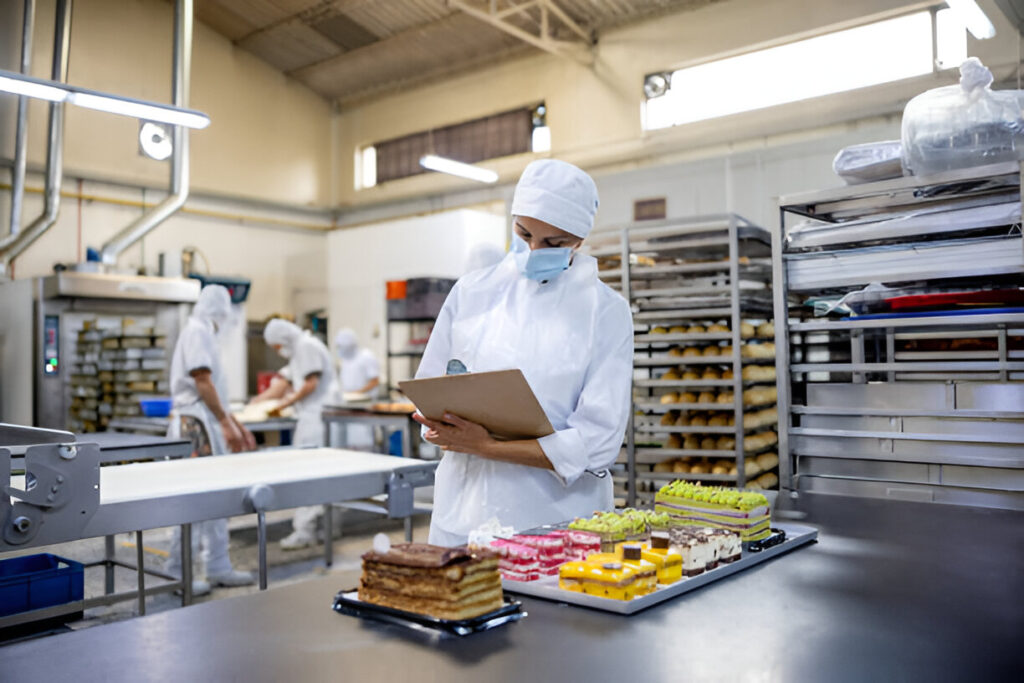
EU regulations on hygiene ensure high standards in public health, food safety, and the environment throughout member countries. These include:
Food Safety and Hygiene: The General Food Law (EC 178/2002) and the Hygiene of Foodstuffs (EC 852/2004) require traceability, HACCP, and specific rules for animal products (EC 853/2004).
Defending consumers: The regulation (EU 1169/2011) provides food information to consumers guarantees a transparent labeling system.
Public Health: In particular, the Directive on Drinking Water (EU 2020/2184) and Decision on Communicable Diseases (1082/2013/EU) govern water quality and disease control.
Environmental Hygiene: This consists of the Waste Framework Directive (2008/98/EC), the Bathing Water Directive (2006/7/EC), and other directives that aim to better manage waste or improve water quality.
Animal Health & Welfare: Examples include Animal Health Law (EU 2016 /429) and Welfare of Animals at Killing (EC1099 /2009).
Cosmetics & Pharmaceuticals: Cosmetics Regulation (EC1223 /2009), Medicinal Products Directive (UCTDIRTIVEI /83 / EC).
Implementation & Compliance: Through inspections, audits, Training, and certification, national authorities enforce regulations.
5.3 Enforcement of Hygiene Regulations
Enforcement of hygiene regulations in the EU covers all aspects of food processing, from primary steps to final product distribution. Regulation No 852/2004 and Regulation No 2017/625 are the legislative acts that establish hygiene regulations for control and safety.
EU members are responsible for enforcing hygiene regulations in food processing and controlling compliance. Controlling the food business is based on the risks and activities that can threaten food chain safety. The directorate general for food safety and health imposes the national control system to align with EU standards.
Europe has built general rules into the import system for food and animal products to ensure that the food complies with hygiene regulations. It provides easy application of hygiene regulations in small businesses and traditional food processing. Its primary goals are to prevent foodborne Illness, provide high standards of food safety, and protect consumers’ health.
5.4 The General Food Hygiene Directive (93/43/EEC)

- The general food hygiene directives (93/43/EEC) established hygiene rules for foodstuffs for public health and food safety.
- It requires HACCP implementation in food business operations to evaluate, control, and monitor critical control points to eliminate hazards.
- Hygiene conditions are set for equipment, food premises, and handlers to ensure proper maintenance and safety.
- The process adopts temperature conditions and microbiological criteria for the various food species using scientific principles.
- Development of guides based on codex alimentarius and international codes of practices for best practices in processing.
- The legal framework supports the internal market principles and complies with food safety regulations.
5.5 Specific Hygiene Directives Applicable to Particular Foodstuffs
The general food hygiene directives set the hygiene standards for foodstuff for the wholesomeness and safety of food from the raw material, processing, monitoring, and packaging of food products. It ensures that business operators are following the hygiene rules across all practices listed in the directive.
Member states are responsible for providing a guide to voluntary hygiene practices and implementing national provisions if they don’t resist the trade. Each state’s authority implements inspection and control measures like business closure and food withdrawals to eliminate risks. It has the authority to suspend imported food with any risk or contamination.
5.6 Case Study: Controversy over minced meat and meat preparation
There was a debate in the EU about the regulations of minced meat and meat preparation. It’s all about food safety, consumer health, and producers. Minced meat is termed as pure meat without any additives, while prepared meat has preservatives and additives added, like spices and sauces, etc. A study conducted found that minced meat is adulterated with pork lungs and kidneys in minced limbs in 2% increments.
Differences in regulations worldwide result in inconsistency in member states. Minced meat is strictly subjected to microbiological safety by implementing optimal criteria to kill pathogens like E. coli and salmonella.
Label the meat product to educate consumers about the food and build their trust. It should be labelled as pure minced meat. International meat producers can face challenges due to variations in regulations around the world.
5.7 Future Trends

Technologies are evolving with the modern digitalized world. IoT sensors have designed integrated monitor systems to detect microbes or pathogens and monitor air quality to ensure a clean and hygienic process. Wearable technologies like wristbands and glasses can detect cleanliness and provide a guide to tract cleaning and efficient workflow.
The UK is navigating the insects in food and feed for novel authorization by using certain species, like yellow mealworms.
Technologies are developing, like new genomic techniques for animals and plants, to attain sustainability. Improved expected allergen information is also being provided to consumers to help them choose their food.
Food contains nanomaterials. The EU Commission updates the information about nano-scale particles in food for the consumer’s safety.
5.8 Sources of Further Information and Advice
To get more information about hygiene rules in the UK, the following sources can help:

- Food standards agency
- European Commission
- British standards institution
- Health and safety executive
- Institute of Food science and technology
- UK government’s official website, National Health Services
6. Hygiene Regulations in the US
6.1 Introduction

Hygiene regulations in the US are based on state, federal, and local laws. The FDA, CDC (the Centres for Disease Control and Prevention), and USDA are responsible for establishing these regulations.
United States Department of Agriculture (USDA): USDA involves food safety and inspection services that regulate the safe supply of meat, eggs, and poultry with wholesome profiles, labeling, and packaging. USDA has established an HACCP system for meat and poultry to prevent any hazards.
Centre for Disease Control and Prevention: The Regulation helps prevent foodborne Illnesses. It is related to federal agencies that monitor and control hazards.
6.2 The Food and Drug Administration
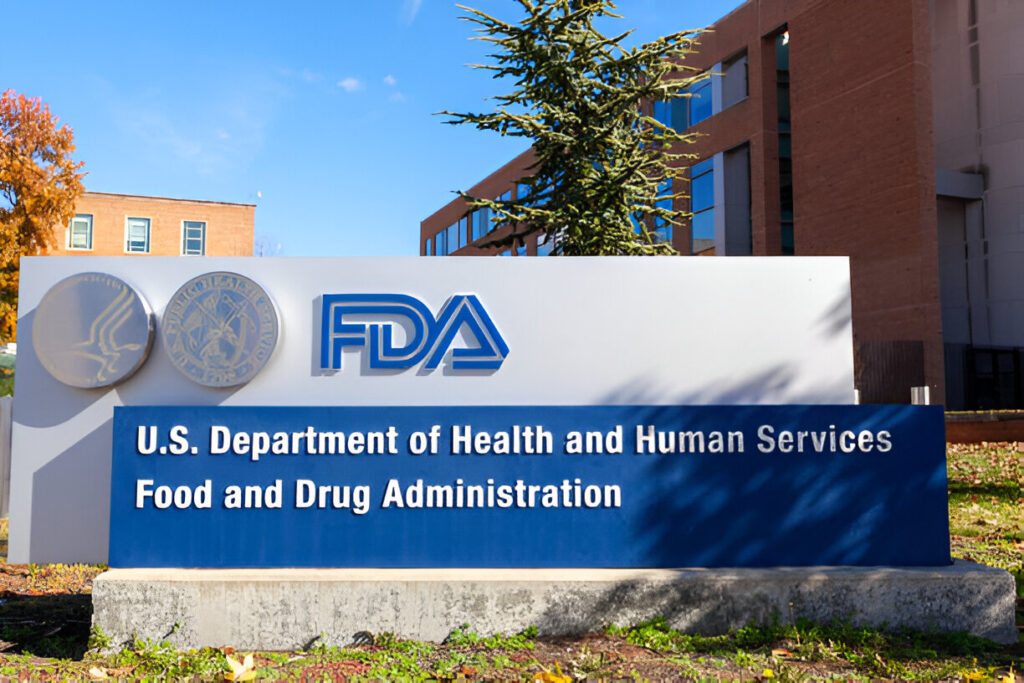
FDA includes the Food Safety Modernization Act (FSMA), which was established over 70 years ago. It gives the FDA authority to develop rules for food harvesting, production, and processing. FDA is related to the Code of Federal Regulations (CFR) and Good Manufacturing Practices (GMP). The Food and Drug Administration protects consumers’ health by assuring the safety and security of veterinary and human drugs, medical devices, cosmetics, biological products, and the national food supply.
6.3 Regulation in Practice in the case of Dairy Processing
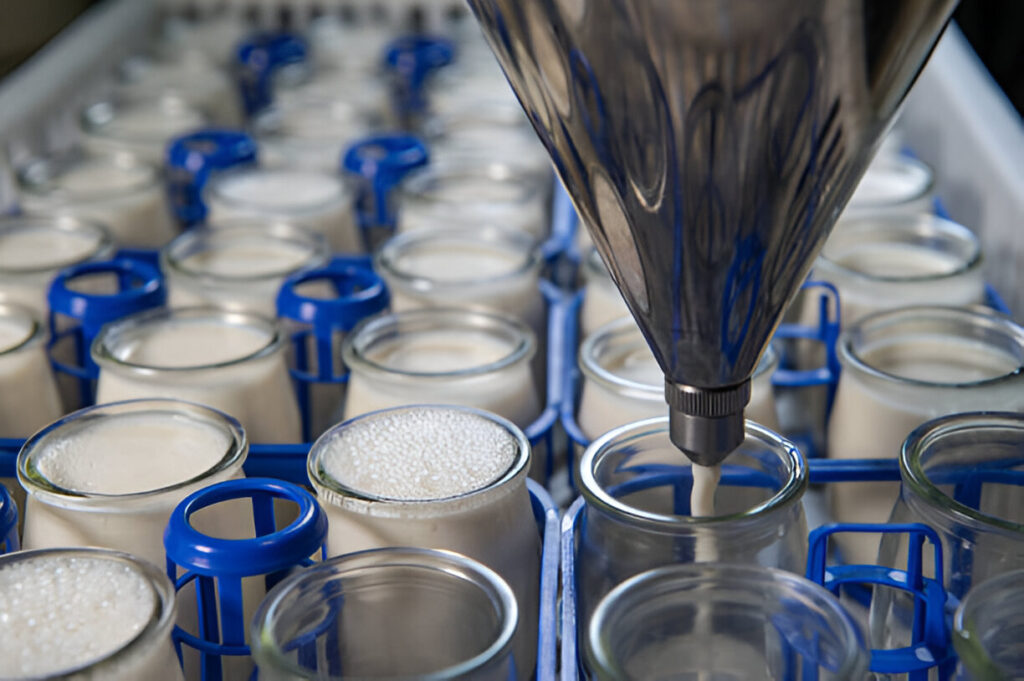
Regulations in dairy processing practices are set for milk quality, equipment, processors, and hygiene standards. Milk received for processing must meet the drug residue standards, be obtained from licensed dairy farms, and be transported in optimal vehicles. Processors test the milk samples and milk transport vehicles to check drug residues. If milk contains 1000 cells of bacteria per millimeter, it can’t be processed or sold for human consumption without authorization from the inspector. Milk should be stored at less than 4°C; otherwise rejected. If milk has a freezing point of -0.514° or more, then it’s rejected.
Appropriately label containers and ensure they do not contain any non-milk products in milk. Design dairy processing equipment according to regulations, and sanitize and clean it before subsequent batch processing. All visitors and workers should follow strict hygienic and sanitary practices to avoid contamination. Workers should not wear jewelry, watches, or rings. Restrict drinks, tobacco, and food in the processing area.
6.4 Inspection in Dairy Industry
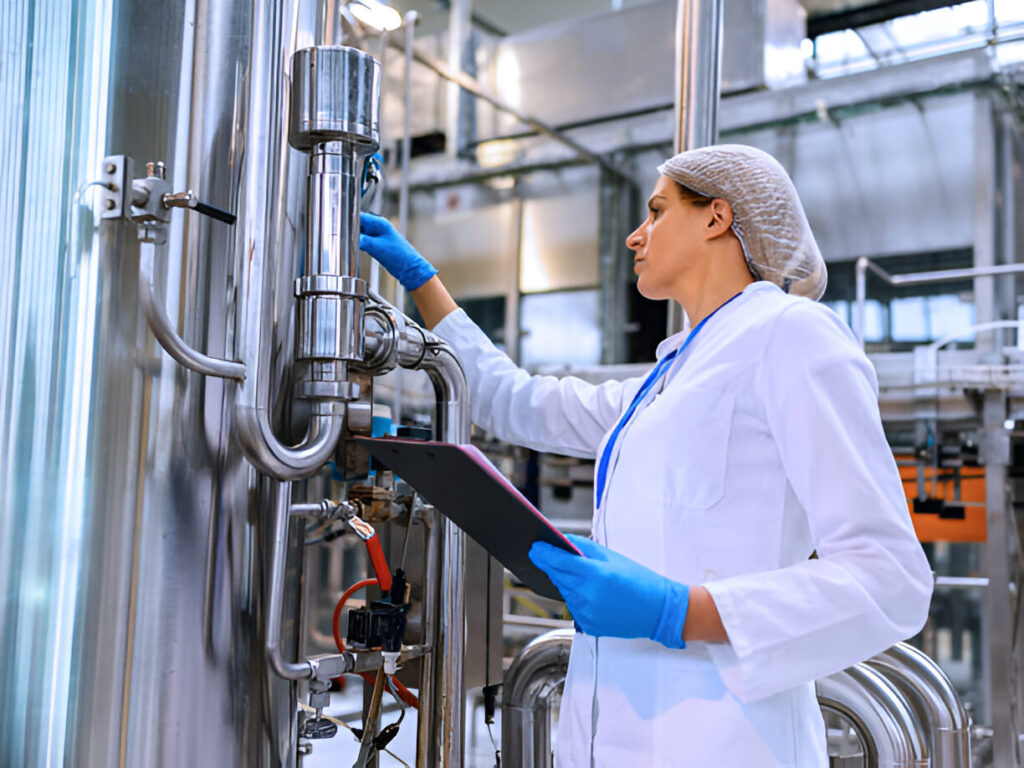
- Processors are responsible for checking the drug residue in milk and any contamination.
- No milk ingredients in the milk must be according to the rules of the FDA.
- Processors should install well-designed equipment for the process.
- Manufacturers make processing equipment from noncorrosive, nontoxic, and smooth materials. For direct steam, processors must use potable water that is free from harmful substances.
- Staff properly sanitize and clean the equipment.
- Cleaning or sanitizing agents should be safe and meet the standards of the food inspection agency standard.
- Install a traceability system in the dairy chain.
6.5 Regulation of Particular Processes
Process-based regulations include the identification of risk, assessment, and process controls to prevent hazards and contamination. They further follow the audit and documentation of records. Dairy processing and other food industries must implement HACCP to detect hazards and eliminate them by setting critical control limits.
6.6 Regulation of Equipment: The 3A Sanitary Standards
3-A sanitary standards represent the administrative symbol council, USDA, and FDA, known as 3-A SSI. The dairy industry originally used this symbol, but now other food processors are implementing it for better reviews and inspection.
The leading practices and standards for SSI are:
- To provide food free from contamination to human
- Inspect to ensure mechanical sanitization and cleaning of all surfaces.
3-A Sanitary standards ensure that the company is gaining profit from technology and cutting-edge hygiene design. You can quickly inspect and clean equipment labeled as 3-A designs without any hassle. The company will meet all the standards of USDA and FDA.
6.7 Regulation of Meat and Seafood Industries
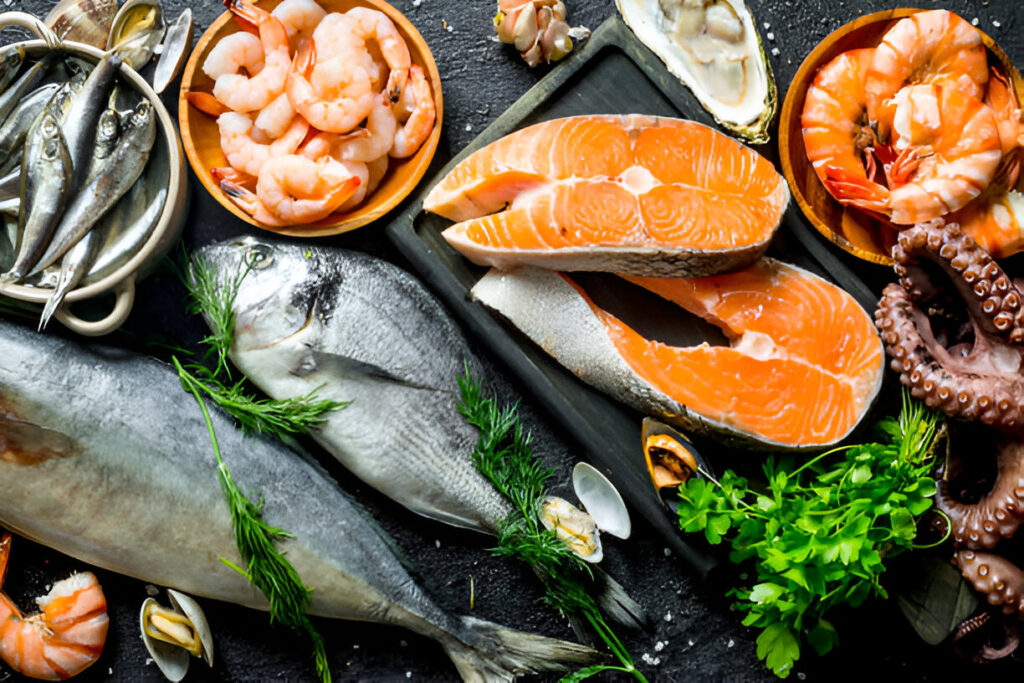
In the US, the FDA and USDA develop and implement regulations for meat, meat products, and seafood. Then, FSMA acts apply to meat products to meet compliance. USDA regulates products that contain amenable species like sheep, goats, cattle, and poultry.
The FDA regulates game meat and its products made from non-amenable species like deer, bison, muskrats, non-aquatic reptiles, wildfowl, and squirrels. Rather than animal species, the FDA overlooks cell collection, development, selection, and growth. Organizations conduct food safety assessments to build the safety profile of meat and seafood.
6.8 Trends in US Regulation
The US has overlooked various trends for hygiene regulations in food processing. The FDA has a huge budget of 41$ million for food safety practices and implementation. The increased use of blockchain technology enhances traceability and transparency in the process and food supply chain.
In this modern era, AI covers all fields. So, AI technology optimizes processing and reduces human errors, which results in more efficiency. Due to the online ordering system, the traceability system has become easy, enhancing food safety and quality. The demand for transparency in the food supply chain has led consumers to use digital tools to access more detailed information and perform various tasks.
7. Conclusion
Hygiene regulation in food processing is vital for food safety and preventing foodborne Illnesses. Industries implement risk management techniques and HACCP plans to ensure hygiene. The World Health Organization and FAO established European hygiene regulations, including Codex Sagittarius, ISO 22000, and GMP. Regulation No. 852/2004 and Regulation No. 2017/625 enforce the hygiene regulations in the EU.
A controversy arose about minced meat because it contained harmful substances that could cause foodborne illnesses, and the meat was not correctly labeled. Authorities later addressed this issue by complying with the Regulation of Safety Standards. The US has developed Regulations like USDA, CDC, and FDA that encode the hygiene regulations on food to prevent contamination and hazards and build the reputation of food brands and companies. FDA implements standards in the dairy industry for safe end products by establishing strict standards or guidelines at each step. Future trends are evolving modern technologies for more enhanced and optimized food processing systems.

